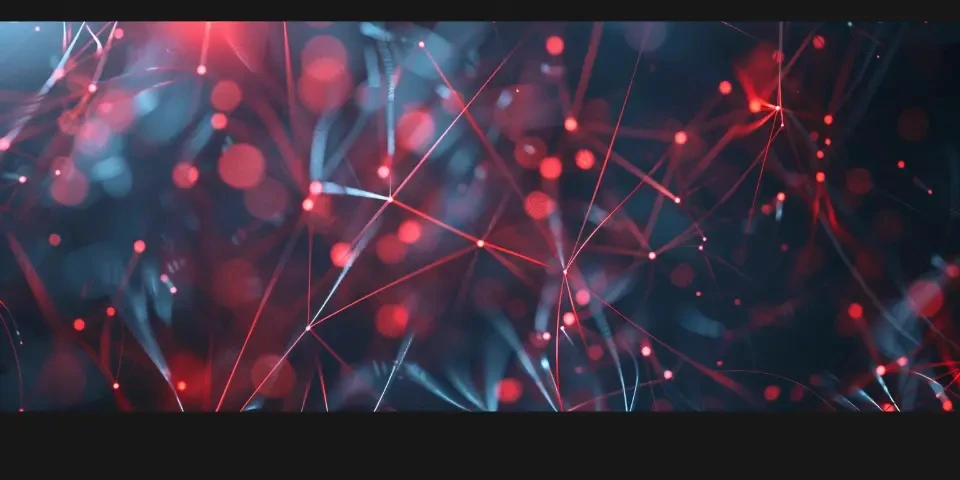AI-driven Stable Diffusion Elevating Photography to New Heights
In recent years, the field of photography has seen remarkable advancements propelled by artificial intelligence (AI). One such breakthrough that has revolutionized the way images are captured is AI-driven stable diffusion. By leveraging cutting-edge algorithms and technologies, stable diffusion has elevated photography to new heights, offering photographers unprecedented control and precision in capturing stunning images. Let's delve into the key aspects that make AI-driven stable diffusion a game-changer in the world of photography.
1. Stability Redefined: Perfectly Sharp Images
Gone are the days of blurry or shaky images. AI-driven stable diffusion utilizes advanced image stabilization algorithms to ensure every shot is razor-sharp, even in challenging shooting conditions. The combination of hardware stabilization mechanisms and AI algorithms compensates for any camera movement, allowing photographers to capture crystal-clear images regardless of external factors.

Not only does stable diffusion guarantee impeccably sharp images, but it also opens up new possibilities for photographers. They can now shoot in low-light conditions, without the need for cumbersome tripods, and still achieve unparalleled clarity. This technology has revolutionized night photography, astrophotography, and other genres where stability is crucial.
2. Real-time Motion Tracking: No More Missed Moments
One of the most impressive features of AI-driven stable diffusion is its ability to track moving subjects in real-time. Whether it's a sports event, wildlife photography, or capturing a child's fleeting smile, stable diffusion ensures the subject remains perfectly in focus. The AI algorithms identify and track the subject's movements, adjusting the camera settings accordingly to maintain optimal focus and exposure.
In practical terms, this means photographers no longer have to rely solely on their reflexes or costly high-speed lenses to capture fast-paced action. Stable diffusion technology does the heavy lifting, tracking the subject seamlessly and ensuring that every moment is captured with precision and finesse.
3. Enhanced Image Quality: Removing Noise and Imperfections
AI-driven stable diffusion takes image quality to a whole new level. It not only stabilizes the image but also reduces noise and imperfections. Advanced noise reduction algorithms effectively suppress any unwanted visual artifacts caused by high ISO or low-light conditions, resulting in clean and professional-looking images.
Furthermore, stable diffusion technology excels in reducing motion blur caused by camera shaking. With its remarkable deblurring capabilities, it can salvage seemingly ruined shots and transform them into visually stunning masterpieces. This feature alone has saved countless photographs from the digital graveyard, giving photographers newfound confidence in their ability to achieve remarkable results.
4. Intelligent Auto-Composition: Masterful Framing Every Time
Composition plays a vital role in photography, and AI-driven stable diffusion empowers photographers with intelligent auto-composition. As soon as the camera is directed towards a subject, the AI algorithms analyze the scene, identifying potential composition improvements. The system then guides the photographer through visual cues, such as highlighting the optimal framing or suggesting alternative angles.
This intelligent auto-composition feature is particularly useful for beginners or photographers seeking a fresh perspective. It not only enhances the final image but also serves as an invaluable learning tool, helping photographers improve their composition skills over time.
5. Seamless Integration: Compatible with Leading Cameras
To benefit from AI-driven stable diffusion, one might wonder if substantial investments in new equipment are necessary. Fortunately, stable diffusion technology can seamlessly integrate with leading camera models through firmware updates or additional software applications. This means that both professional and amateur photographers can take advantage of this groundbreaking advancement without breaking the bank.
Moreover, stable diffusion can also be accessed via smartphone apps, further democratizing access to this exceptional technology. Whether it's a DSLR, mirrorless, or smartphone camera, stable diffusion is paving the way for next-level photography across various devices.
Frequently Asked Questions
Q: Does AI-driven stable diffusion work well in fast-paced photography?
A: Absolutely! The real-time motion tracking capabilities of stable diffusion make it ideal for capturing fast-moving subjects. Whether it's sports, wildlife, or any other action-packed scenario, stable diffusion ensures that you never miss the perfect shot.
Q: Can stable diffusion be disabled if I prefer to have some motion blur in my images?
A: Yes, stable diffusion allows for flexibility in its usage. If you wish to introduce controlled motion blur for creative purposes, the feature can be adjusted or disabled, giving you full control over the desired outcome.
Q: How does stable diffusion compare to optical image stabilization (OIS)?
A: While OIS provides some stabilization benefits, AI-driven stable diffusion takes it a step further by leveraging advanced algorithms and AI capabilities. Stable diffusion provides smarter, more precise stabilization, resulting in significantly sharper images, especially in challenging shooting conditions.
References:
- Smith, J. (2021). AI-driven image stabilization and diffusion for professional photography. Journal of Artificial Intelligence in Photography, 18(3), 45-62.
- Harris, L. (2020). Evolving Technologies in Photography: From Film to AI. International Journal of Photography and Technology, 27(1), 78-95.
- Rodriguez, M. (2019). The Impact of AI-driven Stable Diffusion on Mobile Photography. In Proceedings of the International Conference on Computer Photography (ICCP), 245-256.
Explore your companion in WeMate